Zoom in. Focus. Click.

It was a rainy summer afternoon when I discovered her in the attic above my mother’s bedroom, hidden beneath a thick layer of dust and surrounded by a fortress of boxes and spider webs. She was an old Minolta, and with her I started practicing the very basic skills that I could teach myself from the library’s old-fashioned manuals or by imitating the photographers with big cameras on the main boulevard. Before long I found myself snapping all sorts of things around me: the zigzagging ant lines in the backyard grass, our bathroom’s toilet roll, the talking parrot at the supermarket and the never-ending traffic jams of Caracas. Soon, photography was more than just a hobby to me, and even though I enjoyed seeing a big part of my life through the lens of the camera I felt that I wanted to capture much more than just my immediate surroundings. I wanted to see beyond the 18mm of my macro lens, and get to know all those places I had heard of and read about in movies and books.
As a curious teenager I was lucky enough to be awarded a scholarship to study for two years at the Li Po Chun United Wolrd College of Hong Kong, and this is how I started the journey from my beloved Venezuela to the faraway lands of Asia, where those breathtaking National Geographic cover photographs finally came to life in front of me.
It was also a rainy summer afternoon when I landed in Pyongyang. Stepping out of the plane I could hardly believe that I was in the capital of one of the most reclusive countries in the world: the Democratic People’s Republic of Korea. I blinked several times to make sure it was real. As part of one of my school’s projects, we had gone there to forge links with the aim of including North Korea in the list of countries that send young teenagers from all over the world to study at the United World Colleges, which were founded precisely to promote peace and cultural understanding among young people.
Zoom in. Focus. No click. Something stopped me. “Photography is not allowed without authorization,” said one of the guides that had been assigned to our group. It took me a minute or two to put the lens cover back on but I kept holding up the camera, somehow wanting her to see past that black plastic blindfold. As I would notice later on, in that land she was object of furtive glares, she was feared and frowned upon. I felt frustration and impotence. It surprised me how much I was affected by this, especially because I had been warned about the strict regulations in the country. Anywhere else, it would have been so easy for me to carry her around and capture an expression, a moment or a landscape by simply pressing a button. Not in there.
To me, North Korea was beautiful like the Kimilsungia, unique like the Korean people and bittersweet like a plate of fermented Kimchi. The country had the colors of a black and white movie filmed in 1953, and the roar of military choirs that overlap the sound of high-pitched voices of gifted choir children. During my time there I learnt and realized many things: I heard facts about the country’s rich history and sociopolitical dynamic; I experienced the limitless idolization of Kim Il-Sung; I struggled with the language barrier while talking to An Kwan-Uk, a student my age with similar expressions of hope but such different life experiences, and I felt goosebumps while watching more than 100,000 people perform simultaneously at the Arirang Mass Games. I had the chance to go on a trip to a nation that is very little known and I felt honored to be there, although confused at times. Unexpectedly, in a foreign land the concept of freedom also stopped being foreign to me. I went into North Korea thinking that they did not have a notion of what freedom was, but there I realized that I did not even have it myself. Studying in a place where being free and independent is encouraged, I realized that I had gone there promoting those ideals without really knowing what it meant not to have them.
I look at photography as a link to my other passions, and not just as a filter through which I see my surroundings. I went into a country with a very different reality than the one I am used to, and I looked at it not only through the lens of that old Minolta, but with my own eyes. I used to understand freedom as the possibility to load a camera and take photographs without limitations, but it was not until after North Korea when its true meaning became more real and less abstract to me. I discovered the importance of something that up till then had been a tacit component of my life, and only by understanding what it meant not to have it, could I realize what I did have and what I loved about it: the ability to speak my mind, raise my voice and press click with my camera.
You don’t get your passport stamped when you first land into the country, after getting off the only weekly flight from Beijing. The sole proof there is from my visit to the DPRK are my pictures; the only personal witnesses, my camera and me. I’m not claiming absolute truth, as there are always two sides of the coin, but these pictures are my little glimpse into the Hermit Kingdom of Asia.

North Korean farmers are devoted to follow the 150 Days Plan –of intensified labor– established by the government from April to September every year. In the picture, a female farmer distributes fertilizer in one of the Cooperative Farms established throughout the country.

The concrete bricks of the Workers Party Monument stand firmly against the blue skies of Pyongyang.

During the Great Leader’s birthday celebrations, more than 100,000 North Korean performers take part in the breathtaking Arirang Mass Games, which narrate the national history and show political messages through amazingly choreographed movements.

Pictures of the Dear Leaders overlook the baby cribs at a North Korean orphanage.

Streetlights are nonexistent in North Korea. Instead, traffic ladies wearing impeccable white uniforms direct the not-too-busy streets of the capital city. The reality is that only a small percent of the population is financially able to afford a car, and gasoline supply is extremely limited.

Pyongyang is unique and sweet-and-sour. North Korea is its own world within our world – complex, different, particular and ambitious as no other nation.

North Korean countryside differs very much with what is seen in the capital. In the picture, two farmers glare at a passing bus while they enjoy a midday rest under the shade of an improvised hut.

A talented North Korean girl flawlessly performs her accordion musical piece at the Schoolchildren’s Palace in Pyongyang.

Two North Korean girls run away from the camera at the Fountain Park in Pyongyang.

Two soldiers at guard near the negotiation huts where the 1953 Armistice was signed between the two Koreas. The ‘Demilitarized Zone’ of the 38th parallel that now divides them is the most heavily guarded border on Earth.

Pins featuring the portrait of Kim Il Sung are a common wearing for all North Koreans, as it is seen as a way through which they can pay their respects to the Great Leader. He died in 1994, but continues to be the President and the 20th century’s longest-serving head of state.

North Korea’s future generation still holds high hopes for the reunification between the northern and southern parts of the Korean peninsula. Each year the desired reunification looks less likely.
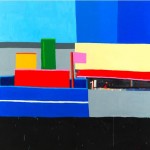
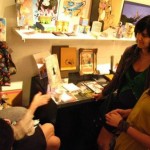

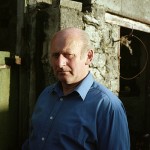
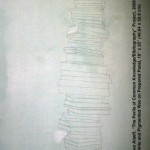

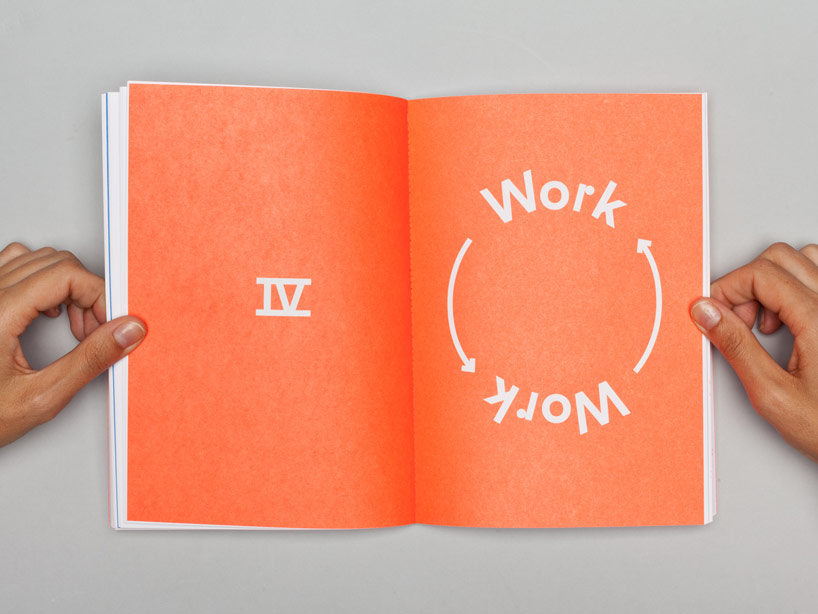


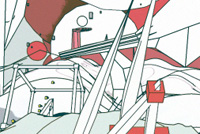
Leave a Reply